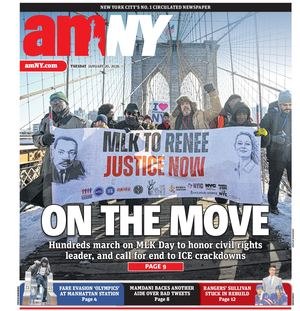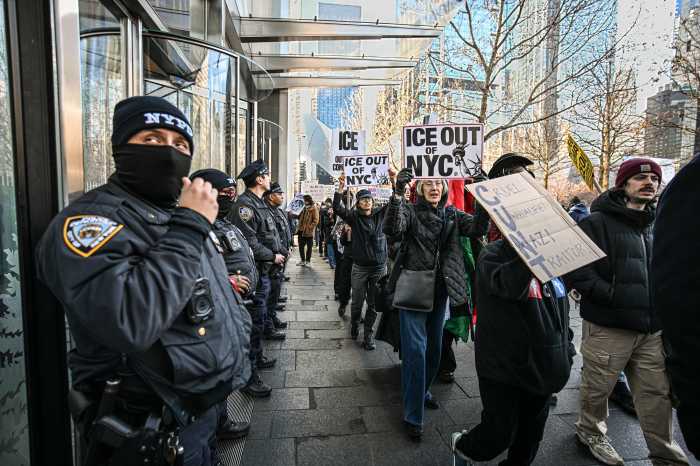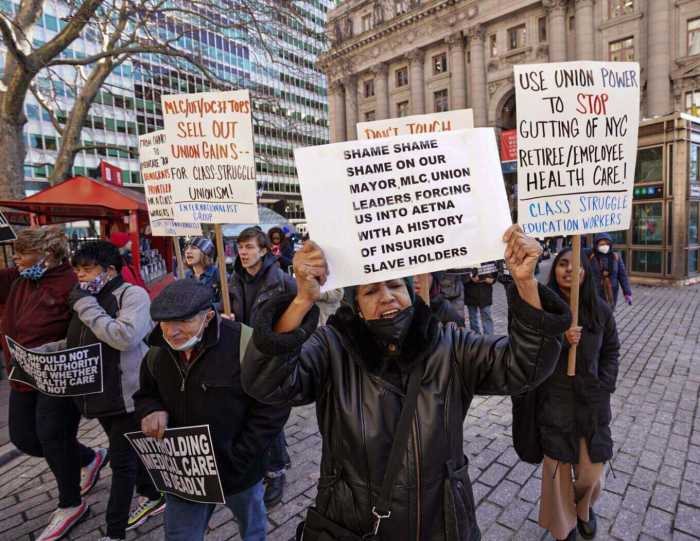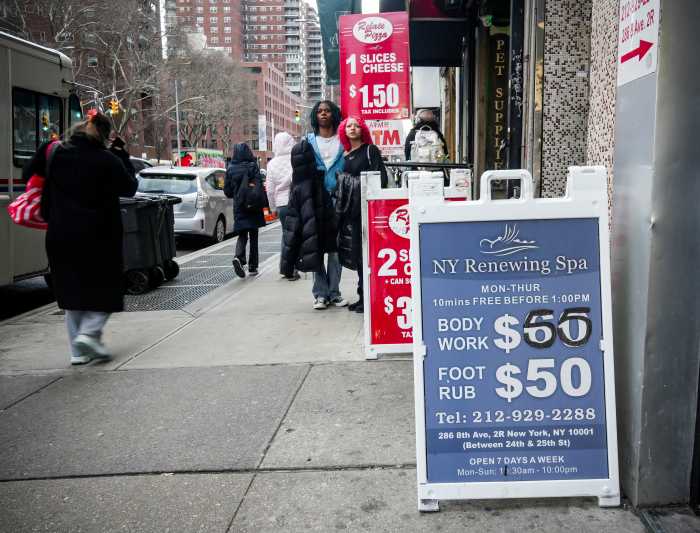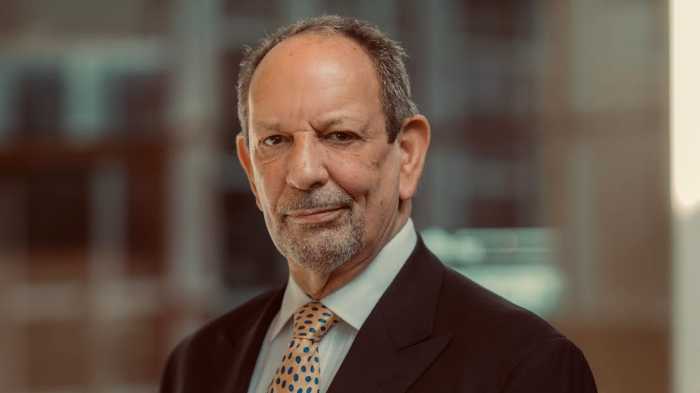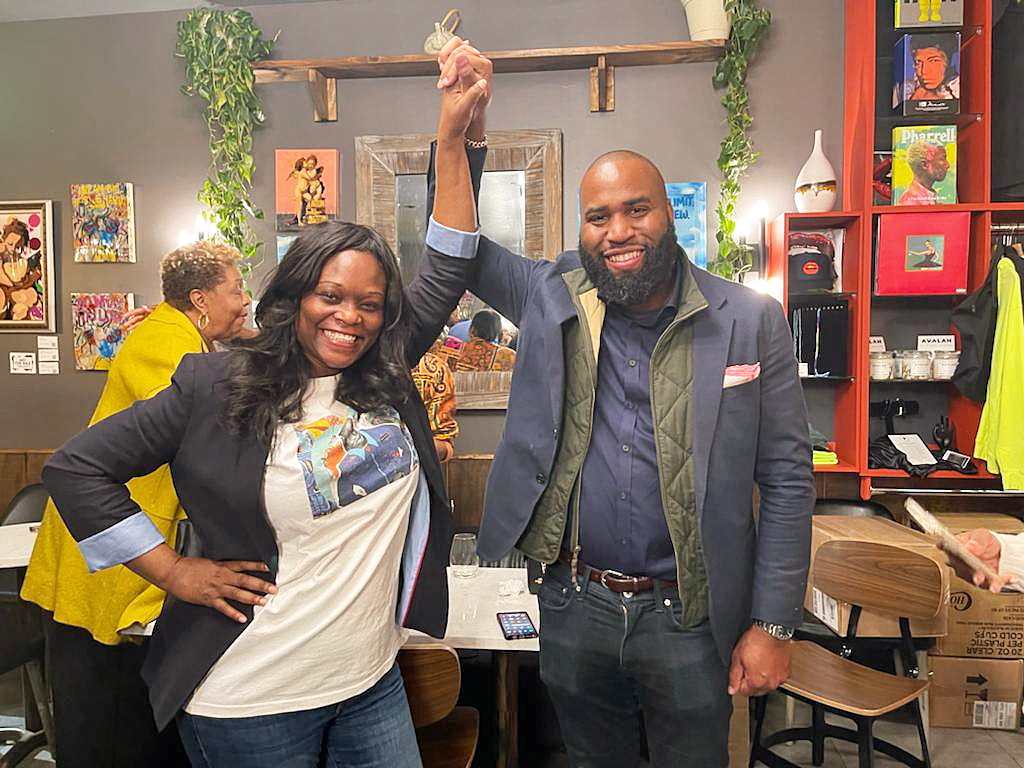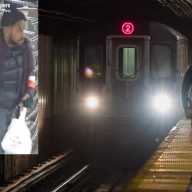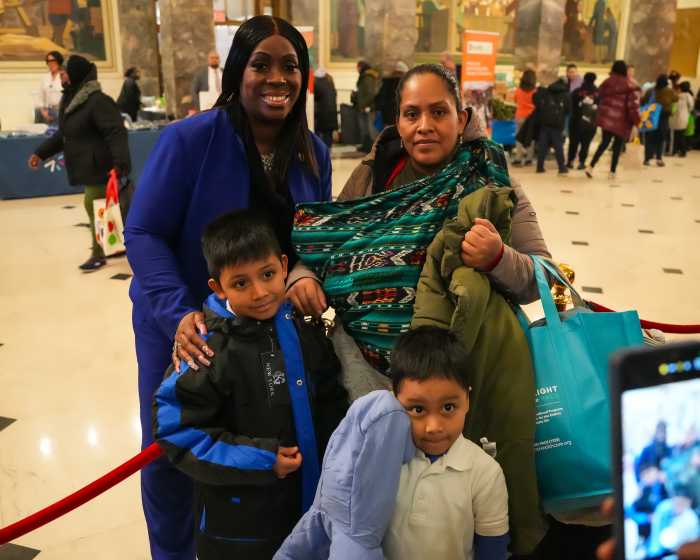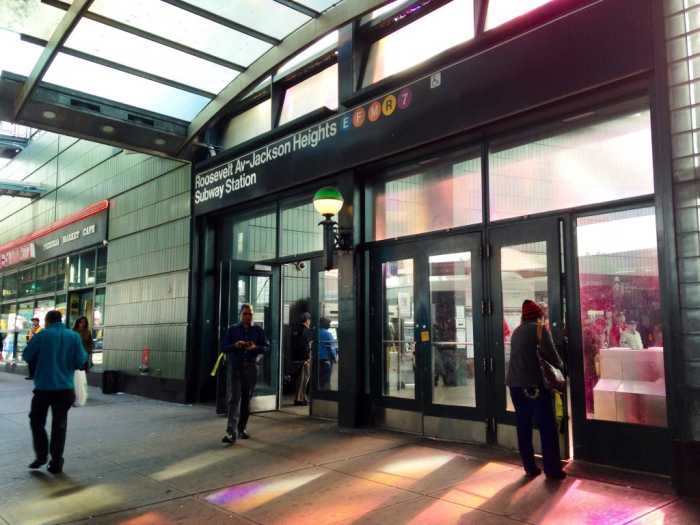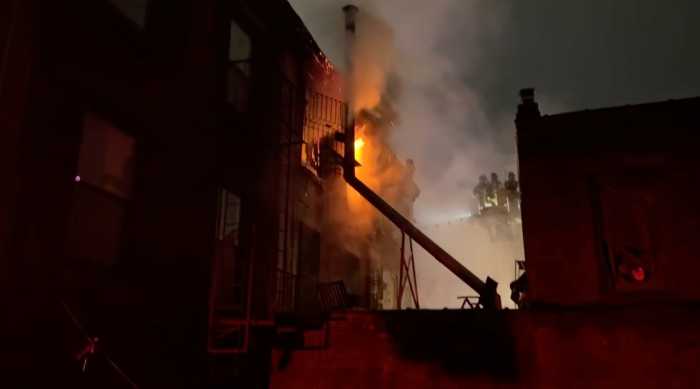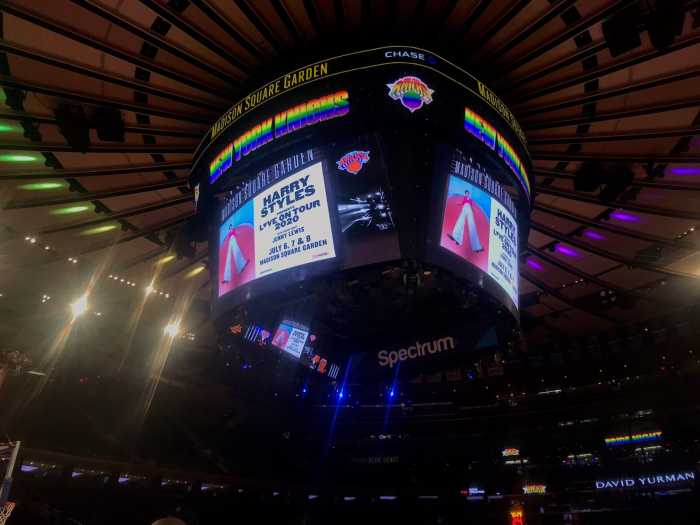Today Mayor Bill de Blasio finds himself smack in the molten middle of a new Rikers Island scandal — facing yet another career-defining challenge.
In a report to the mayor this week, U.S. Attorney Preet Bharara offered a scathing description of juvenile lockups on the island that housed 500 to 800 adolescent males at a time — 16 to 18 years old — from July 2012 to July 2013.
The teens were essentially prey, Bharara says.
His inquiry found that an astonishing 754 adolescents on Rikers suffered visible injuries in fights. He concedes that about 51 percent of Rikers adolescents suffer from mental illness, which presents a challenge for guards.
But mentally healthy or mentally ill, the inmates were neither adequately supervised nor adequately protected.
Bharara charges:
The attacks were often staff-on-inmate. This happened 565 times in fiscal 2013 and caused 1,057 injuries. Other fights were inmate-on-inmate. This happened 845 times in fiscal 2013. If some of the injuries came as guards tried to break up brawls, violence was hard-wired into the culture, Bharara says. Correction officers abysmally failed to keep troubled teenagers safe.
We’re looking at a civic disgrace.
Rikers is one of America’s largest lockups — with a city budget of about $900 million. Most inmates are awaiting trial and thus presumed innocent. The others are doing stretches of 12 months or less for relatively minor run-ins.
So why a dystopian culture of violence in buildings housing teens? Kids have better chances of rehabilitation than older, hardened offenders. Yet they learn from what they see and experience. Rikers offers a ghastly lesson.
There’s one ray of hope in this sordid tale.
De Blasio took office as a reformer — and his newly named correction commissioner, Joseph Ponte, made his name as a prison turnaround whiz. While many of Ponte’s New York officers think he’s too soft, he’s handled tough jobs before. If he and de Blasio can find a way to correct Rikers’ corrosive culture, they’ll do more than keep kids safer there. They’ll keep guards safer, too — and perhaps give a boost to rehabilitation. A civil society helps us all.
